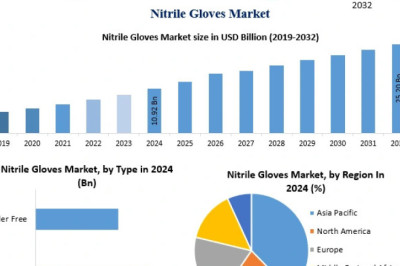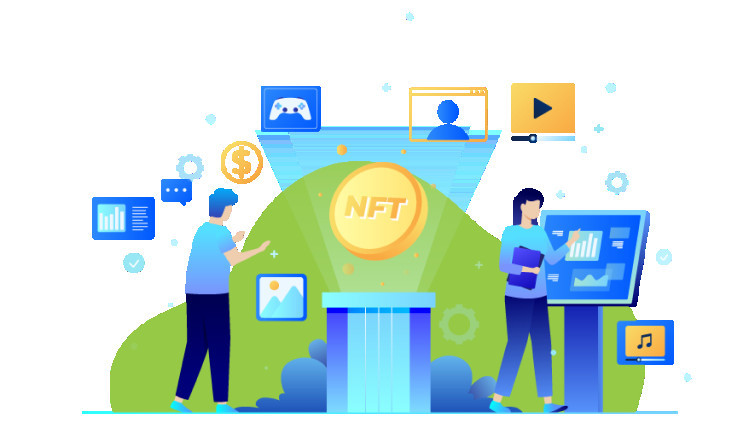views
In finance, collateral or secured loans have emerged as a popular option for individuals and businesses looking to secure much-needed funds. These loans allow borrowers to pledge their assets as collateral to obtain credit, helping them cover their pressing financial needs. The collateral serves as security for the lender, ensuring they can recover the money if the borrower defaults.
Whether you plan to establish a new venture, invest in real estate, or cover unexpected expenses, collateral loans offer a practical and accessible path to financial stability. To better guide your decision regarding applying for this type of loan, here are some types you may want to consider.
6 Types of Collateral Loan
Collateral loans differ in type, each with its own set of benefits and appropriate situations when using them is most appropriate. Let’s make your decision easier regarding whether to apply for this financial aid and explore the most prominent collateral loan types.
-
Property
Property loans will allow you to use your real estate assets as collateral to secure financing. It’s great for investments, property development, renovations, or consolidating debt. With property collateral loans, you can enjoy flexible repayment terms and favorable interest rates based on your estate’s value.
-
Equipment
If you have valuable machinery, vehicles, or equipment, you can leverage them as collateral for funding. This type of loan is perfect for upgrading your equipment, expanding your business, or securing working capital. Equipment loans offer competitive interest rates and convenient repayment options like property collateral loans.
-
Cash security
Are your cash deposits just sitting idle? Make your money work for you and utilize them as collateral to obtain a loan.
A cash security collateral loan is a smart choice when you want to access additional funds without giving up ownership of your assets. It’s ideal if you have short-term financial needs and need the flexibility to maintain your cash reserves.
-
Inventory financing
Harness the potential of inventory financing to drive your business forward. Whether you operate as a retailer, wholesaler, or manufacturer, this loan allows you to leverage your goods or raw materials as collateral to access some working capital.
Seamlessly manage cash flow, navigate seasonal fluctuations, and fuel sustainable growth. With inventory financing, you can optimize stock levels, streamline your supply chain, and capitalize on lucrative opportunities while maintaining a professional and a proactive approach to business expansion.
-
Invoice financing
If you run a business and you’re waiting for your client to pay you, you can sell your invoices to a lender at a slightly lower amount and receive cash immediately. Invoice financing ensures a steady cash flow, allowing you to cover operational expenses or invest in growth opportunities without delay.
-
Blanket liens
With a blanket lien collateral, you can pledge multiple assets to secure financing. It’s a versatile option that covers various assets you own. This loan type is perfect if you have a diverse range of investments or want to leverage multiple assets for your borrowing needs.
Collateral loans are great financial aids that provide you with lowered interest rates and risk factors. If you’re considering securing a collateral loan, this infographic will discuss each type we briefly highlight here in more detail. Moreover, it will discuss additional critical information, like the general pros and cons of the funding option.












